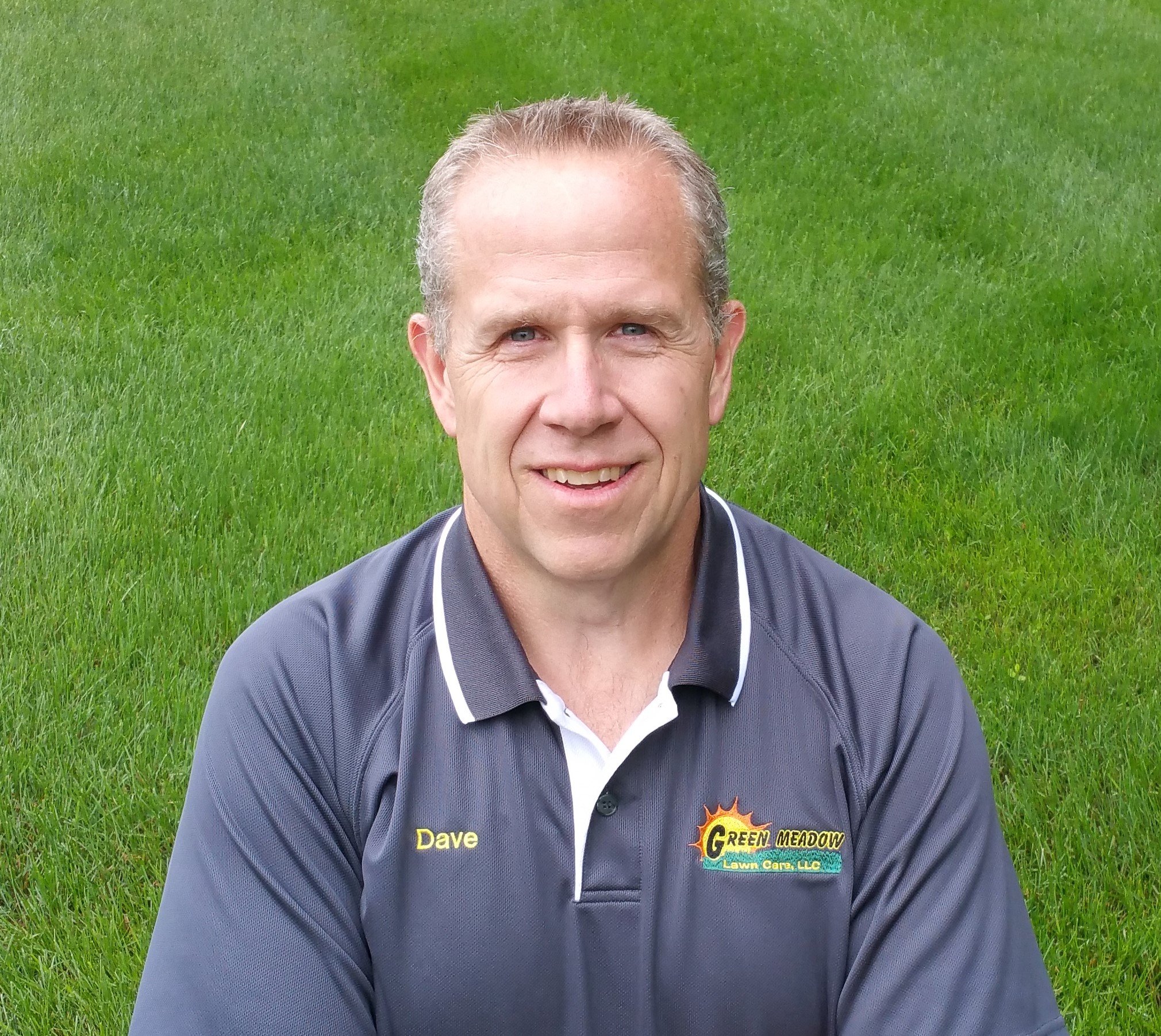Pythium is a destructive fungal disease that can spread very quickly in a lawn. It does the worst of its damage in hot and humid conditions. Pythium, like many other lawn diseases, can do a lot of damage in a short amount of time and is easier prevented than cured.
Prevent the Spread of Pythium Blight:
1. Plant a healthy, disease-resistant lawn:
Not all grass types are equal. A-list certified grass seed provides blends that are inherently more disease resistant than other varieties. We recommended seeding with A-list grass seed in the fall.- A-List stands for Alliance for Low Input Sustainable Turf. This is a non-profit organization dedicated to researching and identifying the most sustainable grass varieties.
- They test different grass types by removing all inputs and seeing which plants produce the most ideal turf. The highest ranked grass varieties get A-list certified.
2. Avoid spreading Pythium with lawn equipment:
Avoid mowing a wet lawn or watering your lawn when Pythium is active. Pythium can be spread by equipment tires. If you think you might have driven through some, wipe down your equipment with peroxide or bleach when finished.
3. Keep your mower blades sharp:
The Fungi can more easily access shredded grass blades that can't heal/seal as quickly.
4. Bag grass clippings.
This will remove infected grass instead of cycling it back into the host environment.
5. Core Aerate your lawn in the fall:
Improve drainage and reducing soil moisture on the surface will reduce disease likelihood and promote deeper root development.
6. The Disease Triangle - Hot, Wet & Dark.
This is the perfect condition for Pythium to thrive in. We cannot control heat. We cannot control the darkness that comes with night. What we can control is drainage on our property and we can avoid watering our lawns at night.
7. Manage Thatch:
Dethatching and/or core aerating to keep the thatch layer below ½” is very important. Thatch holds moisture on the surface where Fungi loves to flourish.
8. Don’t over water:
The longer water stays on the surface, the more likely Pythium will show up. Give your lawn a chance to dry.
Bottom Line: You can do all of the above and still see turf loss. Remember, your lawn is alive just like you and I and there are no guarantees for life, only ways to be more likely to thrive.
Related Articles:
- Most Common Lawn Diseases in CT
- What Does Pythium Blight Look Like? Disease Prevention
- Phosphite vs Phosphate [Treating Pythium Blight]
- The Disease Triangle [Preventing Lawn Disease]
Since 2007, Green Meadow Lawn Care has provided homeowners throughout the greater Tolland, Connecticut area with premium fertilization programs, tick control, mosquito management, seeding & aeration and tree & shrub care.
Visit our Learning Center to find out more about how our services can help you or visit our Youtube Channel to view morein our Learning Center Series.
To speak to our Customer Service Manager, please call Dave (view Dave's video bio here) with any questions. Dave has been in the industry for 30 years and is always happy to help with his expert advice.
860-870-5700




